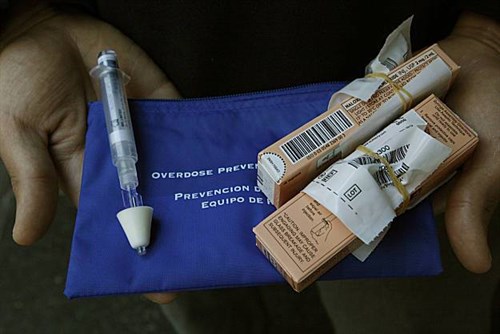Canada's opioid crisis: five areas the feds must lead
Health Canada will speed the review of a more user-friendly anti-overdose drug, among other efforts to prevent opioid deaths.
23 Jun 2016"In British Columbia and Alberta, we're seeing more people dying from opioid overdoses than from automobile accidents," she said at the second National Conference on Charting the Future of Drug Policy in Canada. "This is nothing short of a public health crisis."
Philpott outlined five areas where the federal government can and should lead the response to this crisis.
1. Public education
2. Monitoring prescribers
Canada Health Infoway will work with the provinces and territories to develop a prescription monitoring program to track overprescribing and influence prescriber behaviours.
3. Restricting access
Philpott acknowledged that doctors often face strong pressure from patients to prescribe opioids. "This was one of the hardest things that our new family medicine residents had to deal with and the area where they felt the least prepared," she said.

4. Broadening treatment options
Health Canada will also expedite the review of a nasal spray version of the anti-overdose drug naloxone. "It's a more user-friendly version that could be available hopefully before the end of the year," Philpott said.
5. Improving the evidence base
The Canadian Institutes for Health Research will assemble experts to advise on improving the evidence available to drug policy makers, and Philpott will host a summit on opioid use in the fall to identify priorities for further action.
Click here to read the full article
Doctors can lead the way to healthier drug policies – join IDHDP now
